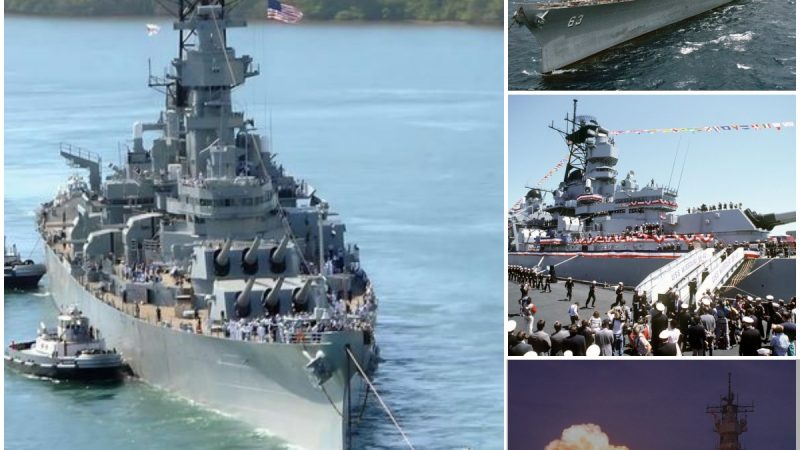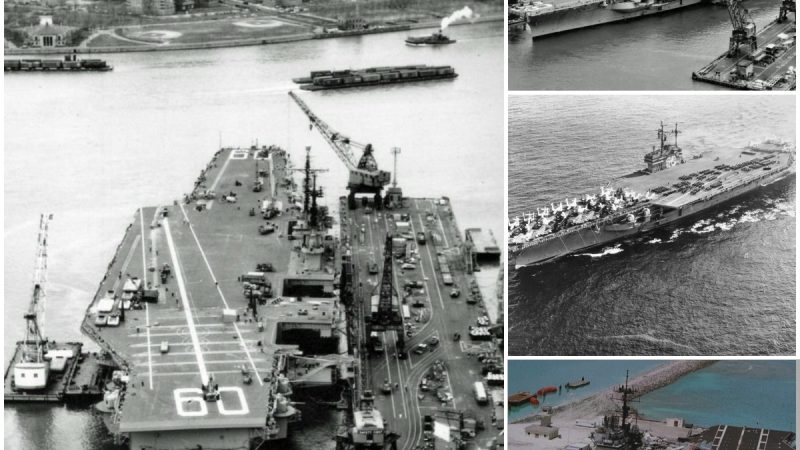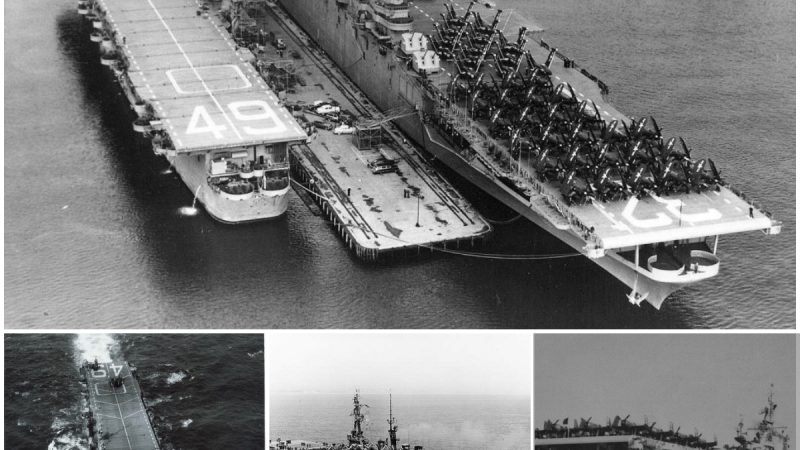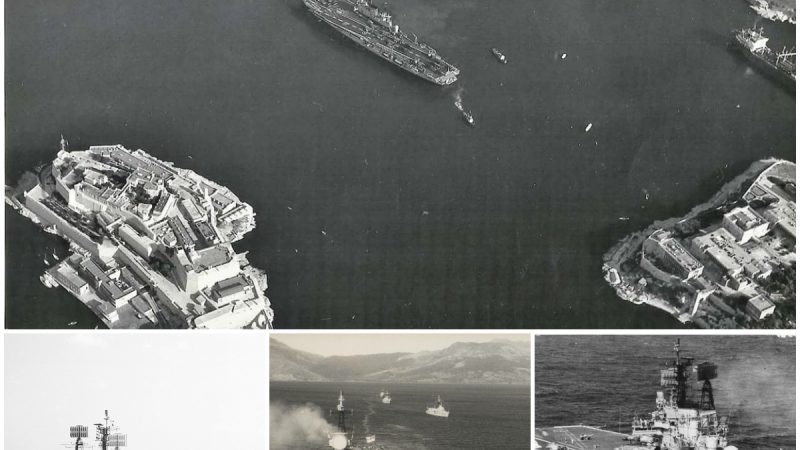Flying the Gloster Meteor F8 WK935 in a Reclined Position
During World War II, the Gloster Meteor emerged as the first British jet fighter and the only jet-powered aircraft among the Allies to see combat action. Following the war, the British sought to further their jet technology, leading to intriguing experiments, such as the development of the Gloster Meteor F8 WK935, a revolutionary aircraft designed to be piloted in a prone position.
The Reid and Sigrist R.S.4 “Bobsleigh” emerged as a predecessor, a unique experimental aircraft that tested the effects of g-forces on a pilot in a prone position. However, the Royal Air Force (RAF) desired an even faster testbed for studying higher g-forces, leading to the development of the Gloster Meteor F8 WK935.
The modifications made to the Gloster Meteor F8 WK935 were carried out in-house, with the addition of a custom-built couch, controls on either side of the pilot, and suspended rear pedals. The original cockpit was retained, and the tail section was replaced with that of a Meteor NF 12. An escape hatch was included behind the cockpit, allowing pilots to bail out in emergencies, although the process was complex.
Ultimately, the development of g-suits offered a similar solution to managing g-forces, rendering the prone position unnecessary. The limited rear view and potential combat challenges associated with the prone position led to the retirement of the Gloster Meteor F8 WK935. The aircraft found its final home at the Royal Air Force Museum Cosford, where it remains on display as a testament to innovative experimentation in aviation history.
Hits: 40












